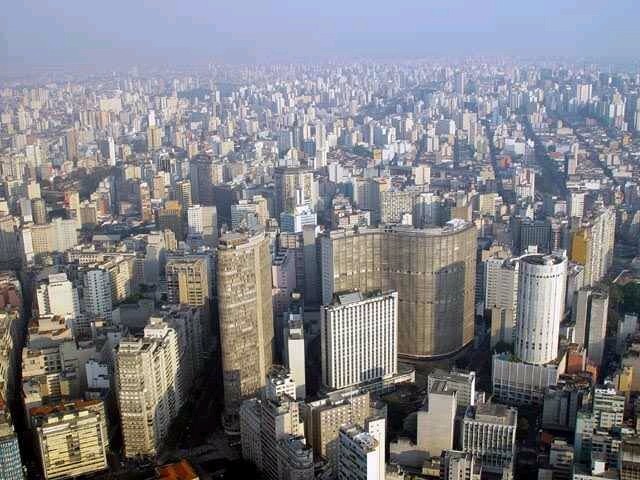The thing I will remember from the past summer’s Creative Commons-related ‘iSummit‘ in Rio de Janiero is the view of São Paulo from above (I flew San Francisco->Houston->São Paulo->Rio and back). Tall buildings stretching into the horizon in all directions, even moreso than Tokyo (New York doesn’t hold a candle to either, although its tallest buildings are taller). I felt I had finally seen the maximum city and could hardly believe the expanse, as if I dreamt it. Now I have to go see it on the ground, eventually.
Paul Keller (who was at the iSummit but the following is from an earlier trip) provides this description and photos:
the view from the bar an the gallery is absolutely breathtaking. the São Paulo metropolitan extends to the horizon (and probably beyond) in all four direction. the city seen from above is a collection of high rises of all shades of gray all states of decay and pretty much any architectural style imaginable. extremely beautiful if you ask me.

São Paulo panorama by Paul Keller, licensed under CC Attribution.

Image found on Wikipedia, credit to fotosedm.hpg.ig.com.br.
The title of this post references Dreams of Rio, a cheesy radio drama I listened to in college.
